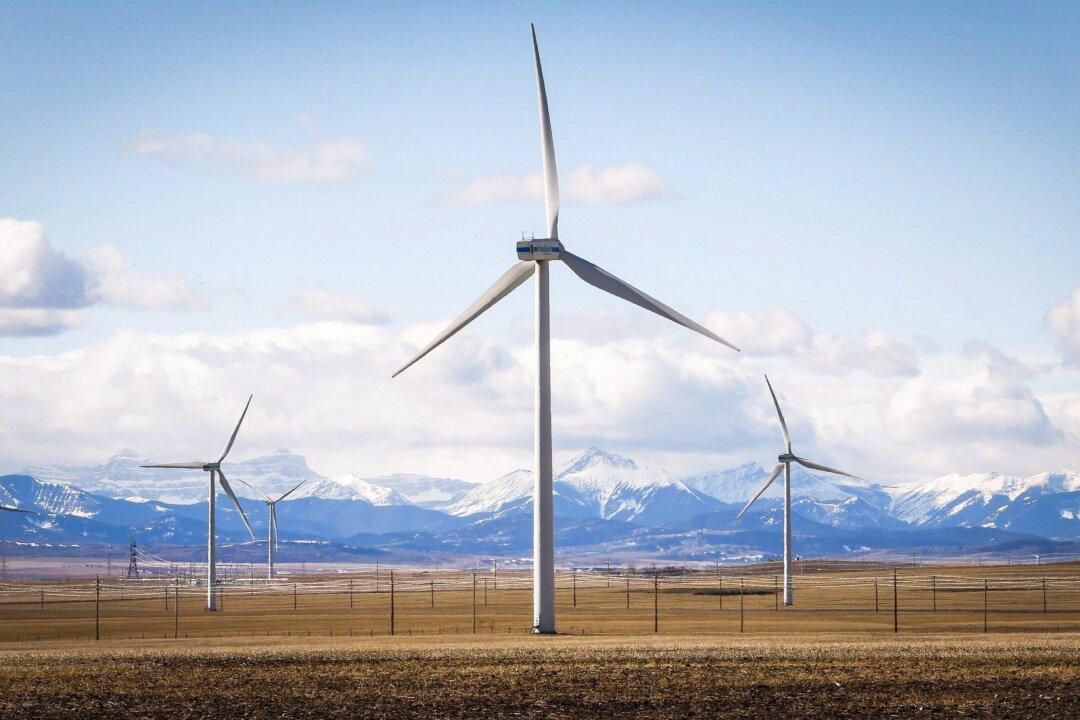Alberta suddenly put the brakes on its full-steam-ahead wind and solar power expansion in early August to assess its impact on the grid and on rural Alberta. Some rural Albertans hope it’s a chance to not only bridge gaps in regulation, but also bridge rifts in communities.
“It’s ripped some communities apart,” Daryl Bennett of Taber, Alberta, told The Epoch Times. Mr. Bennett is a farmer and the director of landowner advocacy group Action Surface Rights. He has been involved in negotiations on dozens of wind and solar projects across the province.





